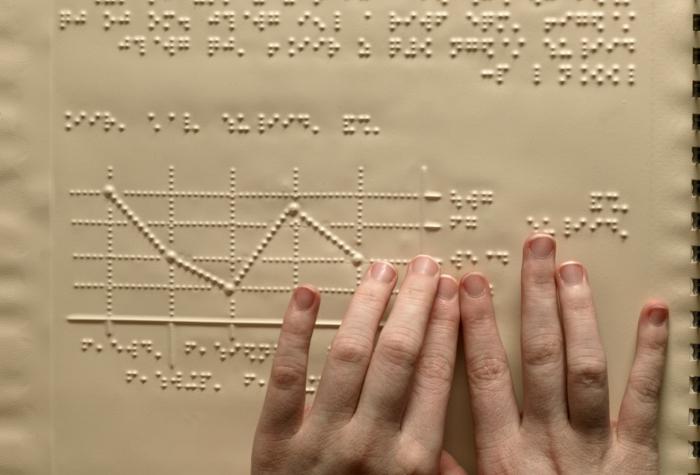What is a memorial warrant. ABC of Accounting
In accounting, there are severalvarious accounting systems, one of which is a memorial order. It arose at the turn of the 1920s and 1930s as a revised form of the new Italian accounting system. Soon a new form of accounting began to be introduced everywhere, especially during the Second World War and the post-war period. At that time, qualified specialists were not enough, and it was required to attract many unskilled workers to work as accountants.
Relative simplicity of building a new systemaccounting in such a situation contributed to its wide dissemination. All the numerous registers of accounting were replaced by one - the General ledger, which is opened monthly. The basis of the memorial-order system of accounting are memorial warrants, or postings, compiled separately for each financial transaction.
A memorial warrant is a document containingaccounting registration of any business transaction with the reflection of the amount of transactions in the accounts. Memorial warrants are issued for all transactions for the reporting period. Then each memorial warrant is distributed in two control lists (debit and credit) in the relevant accounts.
Example. The organization received money from the bank. This transaction is used for posting (Memorial Order No. 1). In it, the received amount is reflected in the debit of account 50 and on the credit of account 51.
Based on the completed control sheets, a turnaround balance is then drawn up.
It indicates the balance (balance) for eachaccount at the beginning of the reporting period, it records turnover for the current reporting period, taken from the control sheets. Then the final balance is displayed and posted in the established form to the balance sheet.
The results of synthetic account turnover (debited andcredit) and the results of turnover on the registration log should coincide. Otherwise, mistakes are posted in the bills. In the general ledger, the balance is not output, only the turnover on synthetic accounts.
A memorial warrant is drawn up on the basis of and withuse of primary accounting documents, which must necessarily be attached to it. In the case of a large number of homogeneous primary documents, they are registered in a cumulative statement, the results of which form the basis for the compilation of the relevant posting.
Each memorial warrant has its own permanentnumber, due to which every month only one warrant is issued for each group of operations of the same type (for example, cash, on wages, etc.). For individual transactions that are not of a system nature, as well as for the canceling orders are drawn up, numbered separately for each month.
Memorial warrant, the form of which containsthe necessary details (the number, name and number of the payer's and beneficiary's accounts, the codes and location of the payer's and beneficiary's banks, the purpose and amount of the payment, the code and the foreign exchange rate, and the type of operation and the budget payment code), is signed by the chief accountant or his deputy and registered in a special register-register of synthetic accounting. This journal allows you to monitor the safety of memorial warrants along with the filed primary documents and reconcile the results of the journal with the results of the synthetic account turnover at the end of the month.
Advantages of this (memorial-order) formserve the accessibility and simplicity of the accounting process, its strict sequence, the use of standard forms of registers, as well as the possibility of attracting less skilled workers to the account.
Disadvantages of this form of accounting are the complexity and necessity of duplication of records, the gap between the synthetic and analytical accounting and the orientation to the manual form of record keeping.
</ p>




